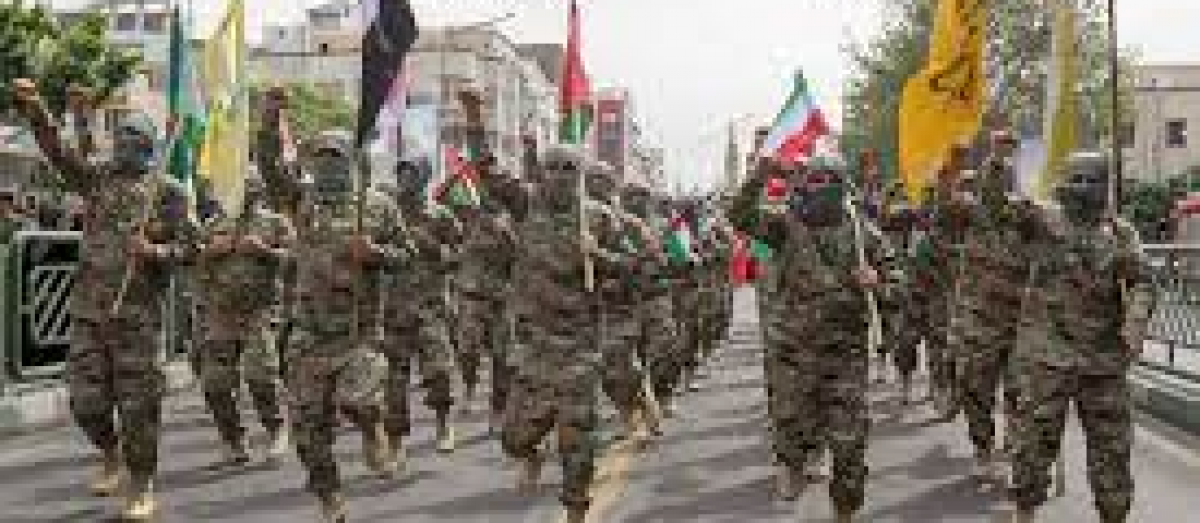The Taliban (Pashto: طالبان, romanized: ṭālibān, literally ‘students’) is a term that has become synonymous with the ongoing conflict and complex political situation in Afghanistan. This group, also referring to itself as the Islamic Emirate of Afghanistan, is a militant Pashtun nationalist organization with deep roots in Deobandi Islamic fundamentalism. To better understand this entity, it’s crucial to unpack some of the terms and historical context associated with it.

Pashtun Nationalism: The Taliban primarily consists of Pashtuns, the largest ethnic group in Afghanistan. Pashtun nationalism refers to the promotion of the rights and cultural values of the Pashtun people. This form of nationalism has played a significant role in the Taliban’s identity and political agenda.
Deobandi Islamic Fundamentalism: This term refers to a movement within Sunni Islam originating from the Deoband School in India. It is known for its orthodox approach to Islam and has been influential in shaping the Taliban’s religious and political ideologies. Deobandi fundamentalism emphasizes a strict interpretation of Islamic law and often opposes more liberal or secular interpretations.
Brief History of the Taliban:
- Formation and Early Years (1990s): The Taliban emerged in the early 1990s in northern Pakistan following the withdrawal of Soviet troops from Afghanistan. It was initially formed by Pashtun students (talib) who had studied in Deobandi seminaries in Pakistan. The group’s formation was in response to the civil war in Afghanistan that erupted after the fall of the Soviet-backed government.
- Rise to Power: By 1996, the Taliban had gained control over much of Afghanistan, including the capital, Kabul. They established the Islamic Emirate of Afghanistan, enforcing their strict interpretation of Islamic law. This period was marked by human rights abuses and the repression of women.
- Post-9/11 and U.S. Invasion: After the September 11, 2001, terrorist attacks in the U.S., the Taliban regime came under international scrutiny for harboring Al-Qaeda, the group responsible for the attacks. This led to the U.S.-led invasion of Afghanistan in late 2001, toppling the Taliban government.
- Insurgency: Following their removal from power, the Taliban transitioned into an insurgent force, waging a guerrilla war against the Afghan government and its allies, including NATO and U.S. forces.
- Recent Developments: In recent years, the Taliban has regained significant territory in Afghanistan and has been involved in peace negotiations, although the future of these talks and the political landscape in Afghanistan remains uncertain.
Understanding the Taliban involves not just looking at their military and political actions but also considering the ideological and cultural underpinnings that drive their movement. Their history is a tapestry of regional, ethnic, and religious dynamics, deeply intertwined with the broader history of Afghanistan and its neighbors.




